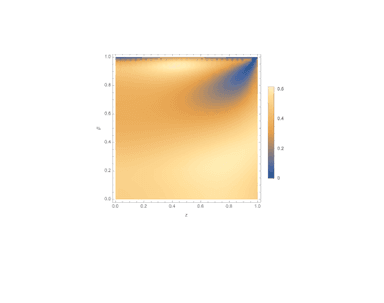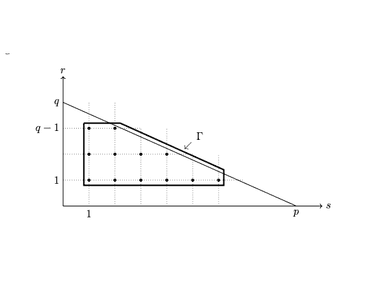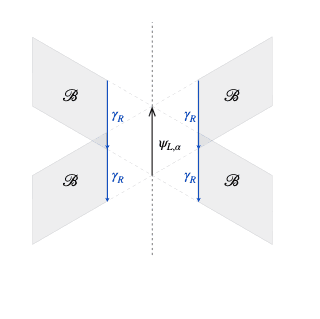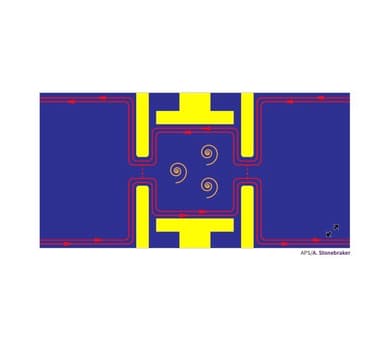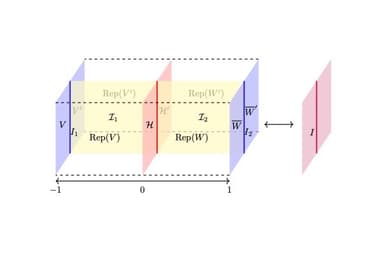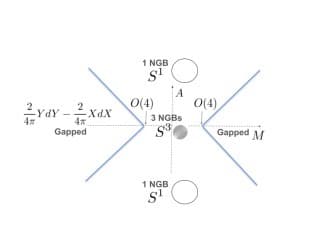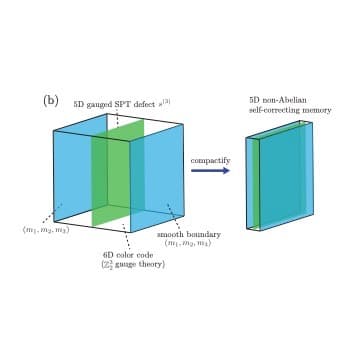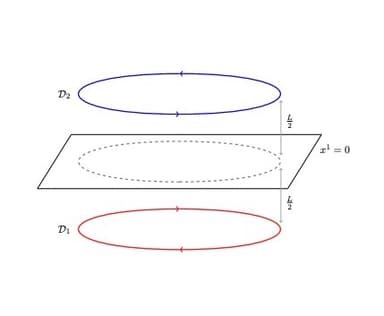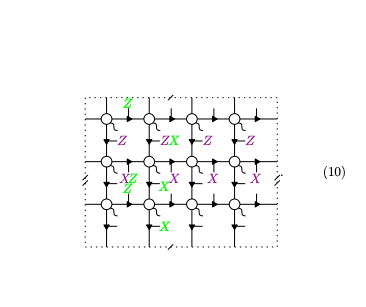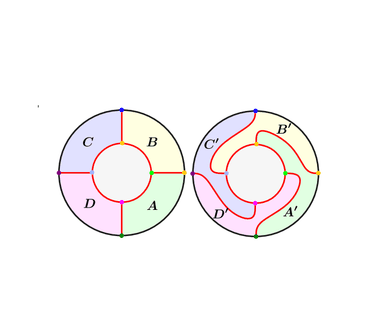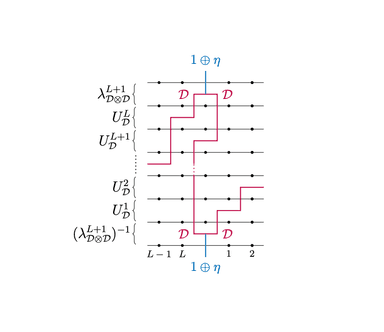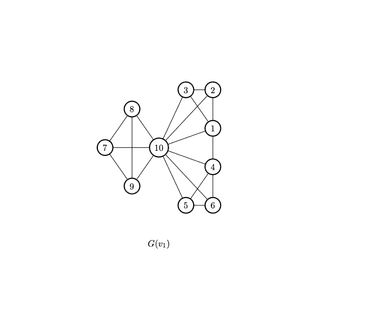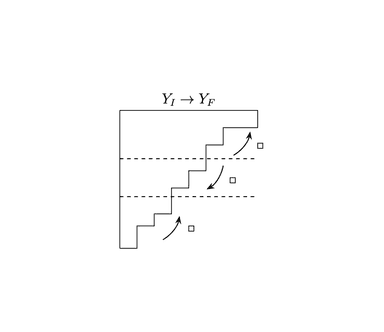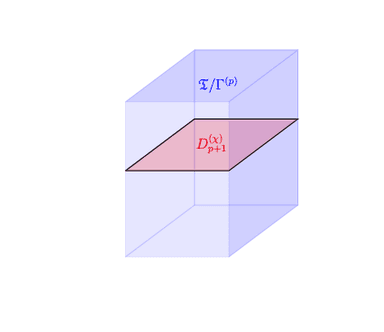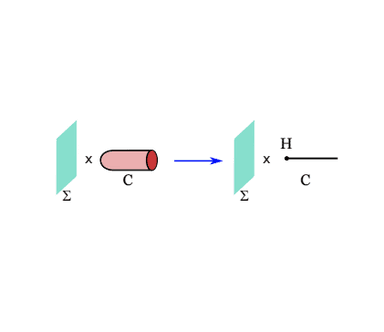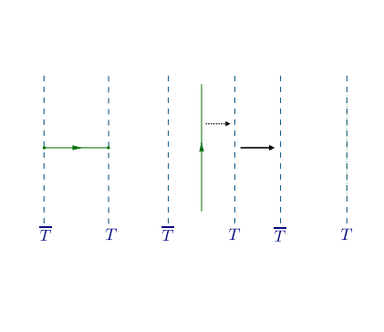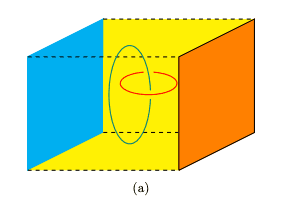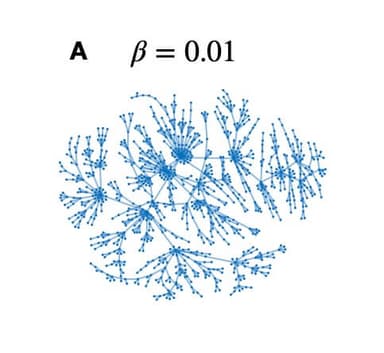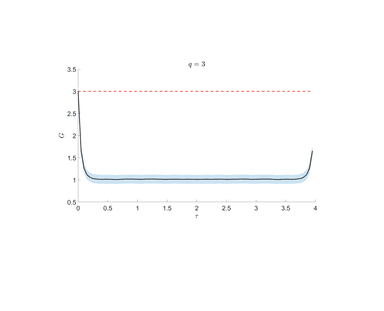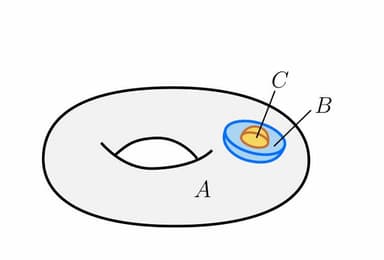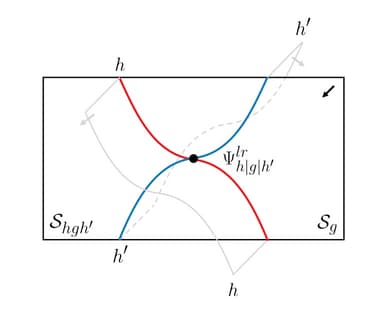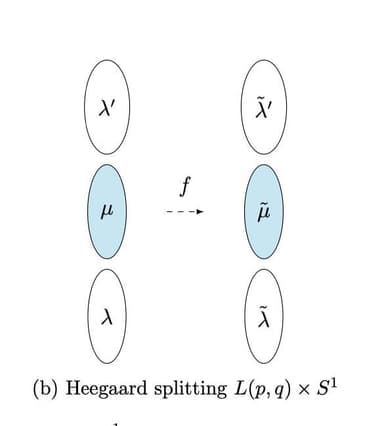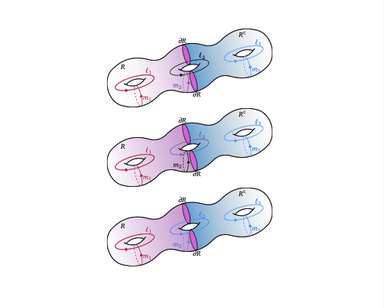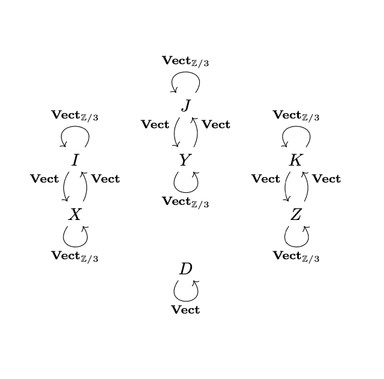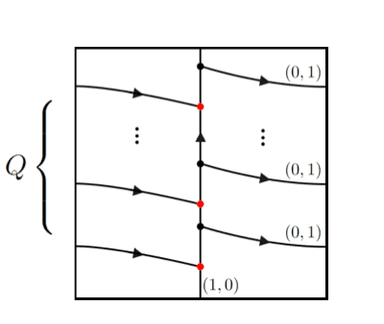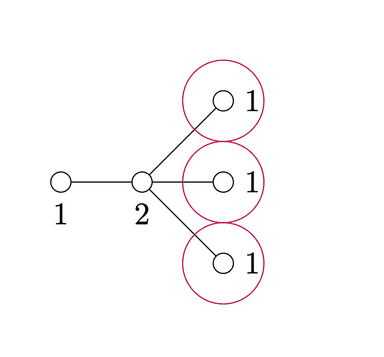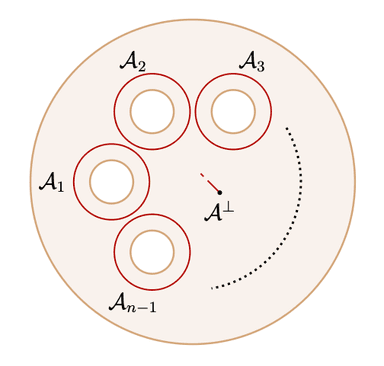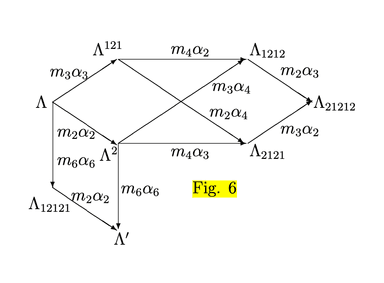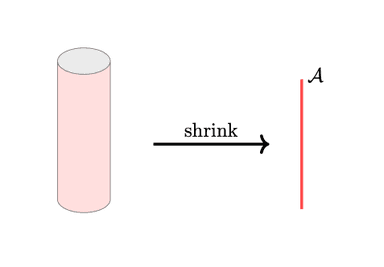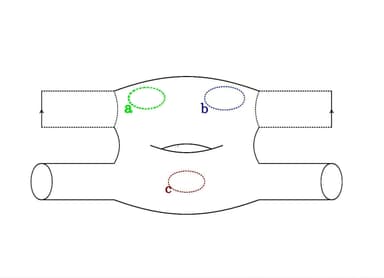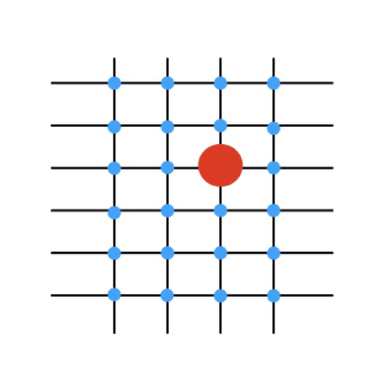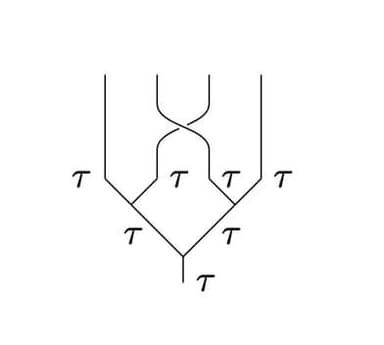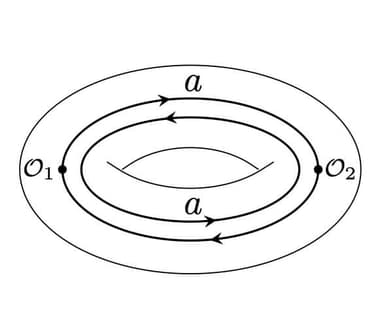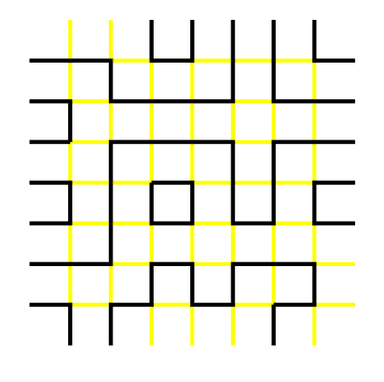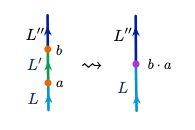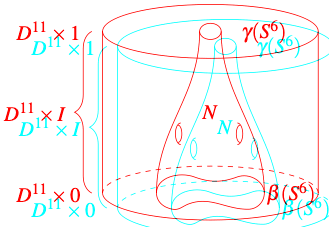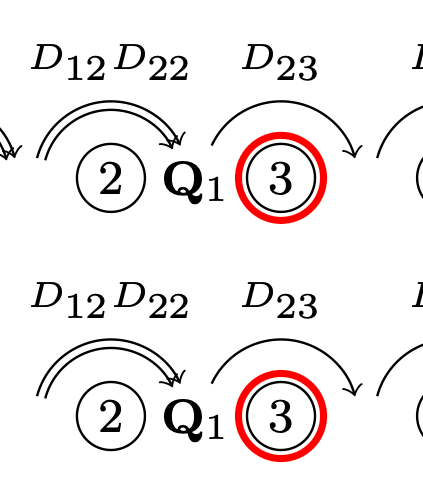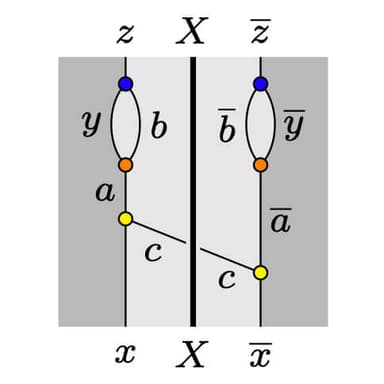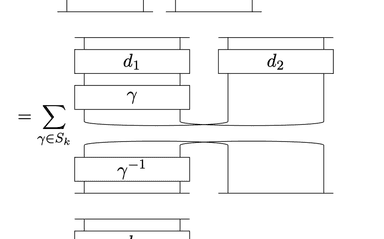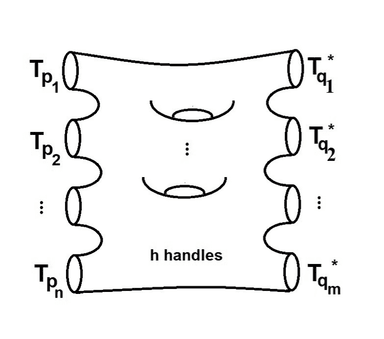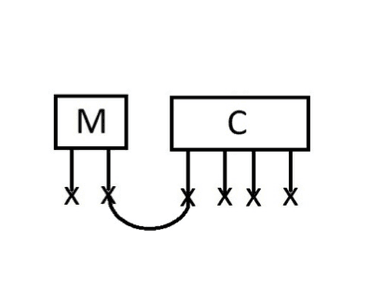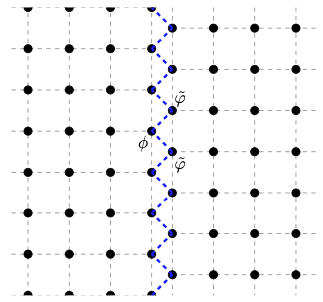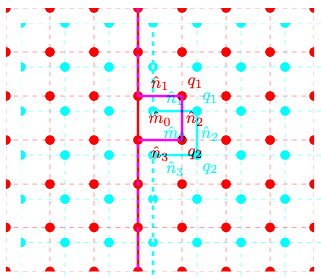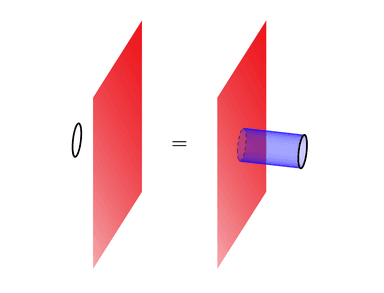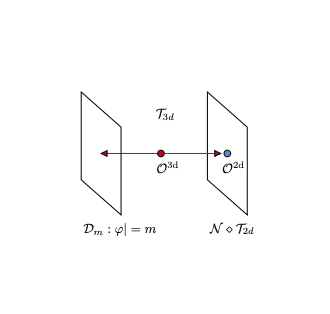
13 August 2025
Speaker : Nic Shannon (OIST) : What can the tools of quantum information theory teach us about quantum magnets?
The very things which make exotic phases in quantum magnets interesting: the absence of conventional magnetic order parameters; the emergence of fractional excitations; their topological and entanglement properties, also make them difficult to distinguish in experiment. This is particularly true of quantum spin liquids, states which represent a "holy grail" of modern condensed matter physics, but which are notoriously difficult to diagnose, especially in the presence of disorder. In this talk we explore how ideas from quantum information could be used to distinguish quantum spin liquids from other competing phases of matter. We consider two systems where the possibility of finding a quantum spin liquid has been widely discussed: quantum spin chains, and triangular lattice antiferromagnets [1,2]. In both cases, we find that inelastic neutron scattering, interpreted in terms of quantum Fisher information, can be used distinguish quantum spin liquids from states driven by disorder. We also address some of the pitfalls which arise in the naive application of ideas from quantum information to quantum magnets. These results suggest that, used carefully, the tools of quantum information could offer a powerful new way of interpreting the results of both simulation and experiment on quantum magnets.
[1] S. Sabharwal, T. Shimokawa and N. Shannon, arXiv:2407.20797 [in press]
[2] T. Shimokawa, S. Sabharwal and N. Shannon, arXiv:2505.11874
14:30 - 16:00 in G.O. Jones Room 610

